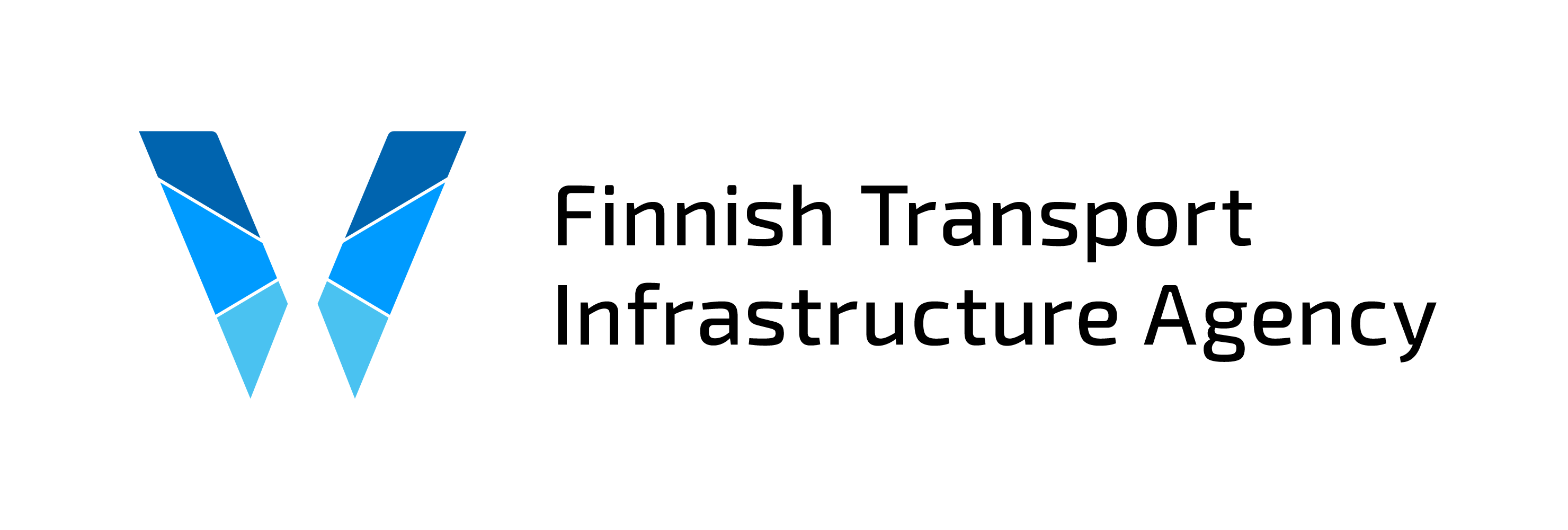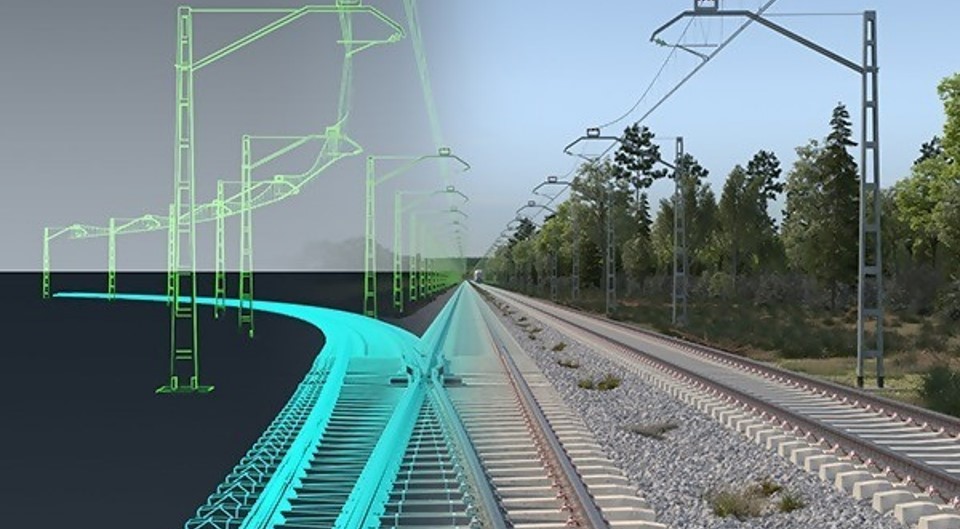Information plays a key role in ensuring that both the maintenance of routes and their planning and construction can be successfully completed from the best possible starting points. Thus, having more and better information on transport routes also means a better service level for those using the routes and savings in, for example, maintenance costs.
“The vision for transport infrastructure data management starts from our will to adopt an increasingly proactive approach to maintenance. To put it in simple terms, we want to repair infrastructure even before it breaks down. By taking proactive action, we can do more with the same amount of money than we could by simply reacting to situations,” says Jari Myllärinen, Head of Unit for Transport Infrastructure Data Management at the Finnish Transport Infrastructure Agency.
The aim of the 2020s is to first build a digital model of the transport network, which provides a comprehensive and up-to-date situational picture of the state, conditions and traffic on the routes. The data maintenance and quality management processes are to be automated. The use of the model improves the management of transport infrastructure assets, streamlines traffic, improves traffic safety and promotes transport automation.
“The digital model of the transport network is a three-dimensional modelling method for different routes. In the current system, the routes are mainly depicted as two-dimensional lines, but in the future, at least the key parts of the transport network will be modelled in much closer detail,” says Myllärinen.
Building automation based on digital model data generates a digital twin
When we also complement the digital model with road condition and forecast models on matters such as the wear of the road surface we can start talking about a digital twin. In the target state, the digital twin would also indicate if any changes happen on the physical transport route. In other words, it would not always be necessary to go on site to check, for example, the condition of the route.
“A virtual copy of the physical transport infrastructure enables a comprehensive and up-to-date situational picture and the use of history and forecast models when steering, planning and making decisions on operations. We can also make simulations and examine different scenarios in the longer term if, for example, certain weather patterns become more common,” Myllärinen explains.
The purpose of digital twins is to start using them for steering the basic operations with the help of machine intelligence and learning, and advanced algorithms. The benefits gained would include not only the possibility to simulate timely maintenance measures and the life cycle of design solutions but also to anticipate disruptions and deviations. Therefore, we could also prepare for them better than before.
First steps towards the vision
At the moment, the Finnish Transport Infrastructure Agency is determining the level of detail at which the routes must be modelled to maximise the benefit-cost ratio of the digital model and, eventually, the twin. This means, among other things, defining the necessary details, as roads alone feature hundreds of different asset types from pavements to traffic signs.
“We must identify the critical components of the infrastructure, and after that, select among them mainly the sections that matter the most from a traffic perspective. One example is turnouts in the main rail network. In other words, the digital model is built in such a way that the higher up in the hierarchy of the transport network the route is, the more accurately it is modelled. But even when it comes to the main routes, accurate modelling of every detail is impossible,” Myllärinen points out.
The project that will cut across the whole agency in one way or another was launched in earnest in 2021. So, we have just taken the first steps towards the realisation of the vision and, ultimately, the digital twin. First, we must collect more and higher-quality data on the transport network. At the Finnish Transport Infrastructure Agency, dozens of people are doing work that benefits the digital model at least indirectly.
“The working group of the Data Department links the top-level vision to everyday work. In practice, information is produced through planning, projects and contractors. The project is also about making the information production processes more efficient: for example, we can equip a contractor's vehicle with a camera or scanner that collects information for a completely different purpose than maintenance,” says Myllärinen.
Maximum benefits for society
The goal is that the use of the digital model expands and becomes systematic by the middle of the decade. We may also get the first experiences of a digital twin as soon as in 2025–26 when we start supplementing the model generated with the elements of a digital twin. The goal is to have the main parts of the transport network modelled as a digital twin by 2030.
“At the heart of the project lie maximum benefits for society. That is why we will first focus on the points with the most significant benefit-cost ratio. Knowledge-based management will take a big leap forward over this decade, as the purpose of the digital twin is also to propose different measures. It will base its proposals on real-time data, historical data and different forecast models,” explains Myllärinen.
The digital twin is beneficial not only for maintenance, planning and construction but also for biodiversity, as measures to combat invasive alien species, for example, can be targeted more effectively with the help of increased knowledge.
“The circular economy is also an interesting perspective. Our aim is to bring more efficiency to how we use components. For instance, with the help of a digital twin, we could possibly take advantage of the remaining service life of a railway turnout on a quieter track section if it is proactively replaced with a new one on a busy track section,” Myllärinen speculates.
Industry showed the way, we are among the frontrunners in transport networks
Digital twins have long been used in the industrial sector, which has modelled machines or their parts, for example. As far as we know, no digital twins of transport networks have yet been made elsewhere in the world, at least not in the scale at which the Finnish Transport Infrastructure Agency aims its vision.
“However, there is a lot of fuss about the subject in the transport sector and it is widely discussed. Similar ideas can be found in the digital twins of urban environments that can already be found around the world. In any case, with regard to transport networks, we are at least among the frontrunners in digital modelling,” says Myllärinen.
However, there is still plenty of work to be done towards realising the vision of transport infrastructure management and its digital twin in the years to come. The Finnish Transport Infrastructure Agency plays a role in building the digital twin of the entire transport system. The twin of transport infrastructure is part of a larger entity, i.e. it must be compatible with, for example, the digital twin of the transport system produced by Fintraffic. We have a clear direction, and we can be certain of one thing.
“There will be need for manual work even after the birth of the digital twin. People must make the decisions on measures and carry out the practical maintenance work for a long time to come,” Myllärinen concludes.

